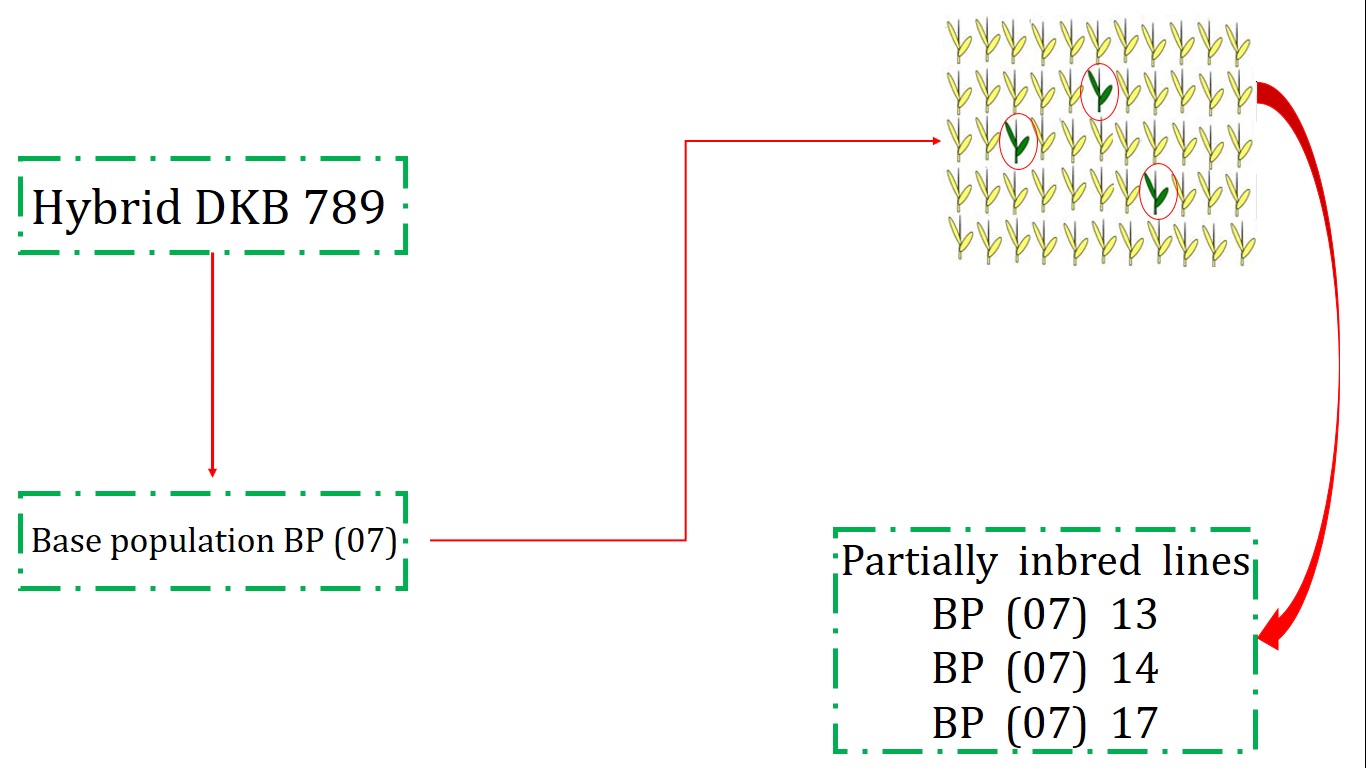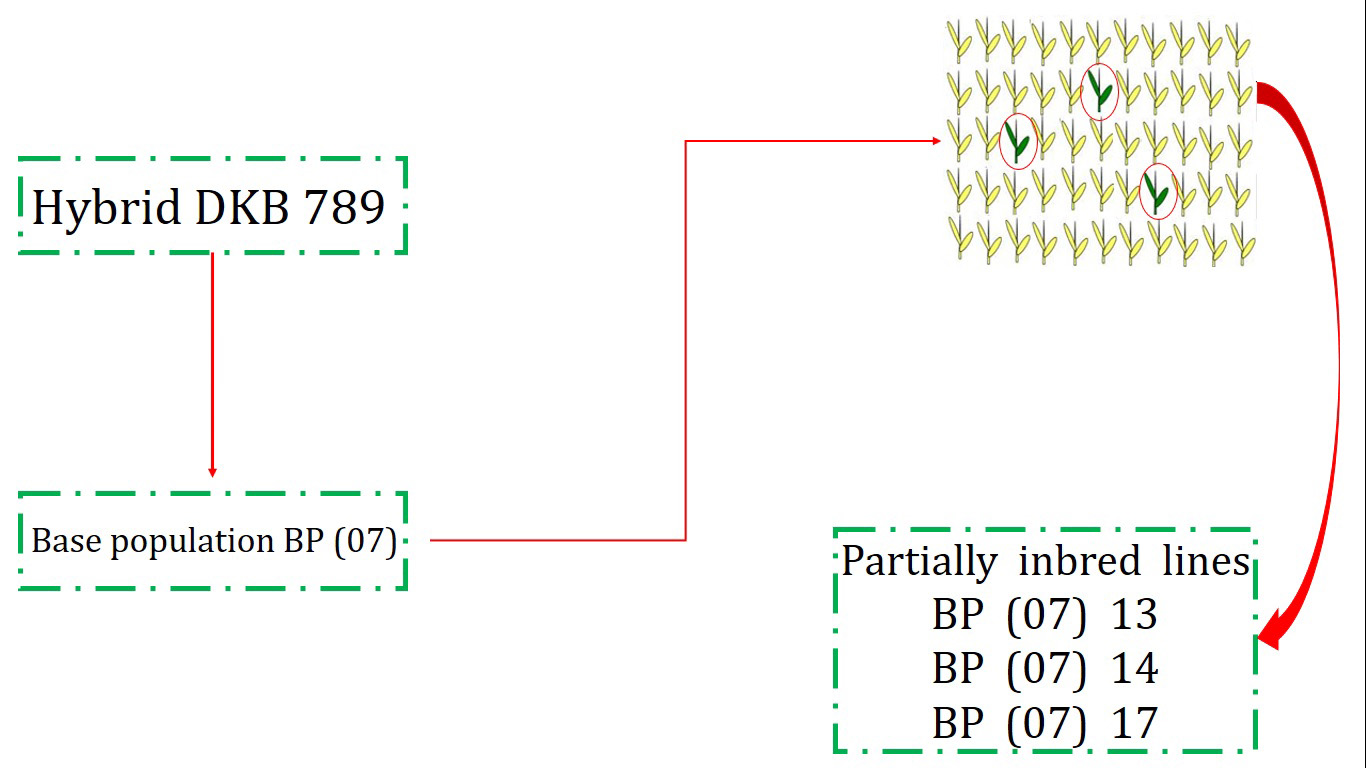Potential of maize (Zea mays L.) populations derived from commercial single-cross hybrids for extraction of partially inbred lines under different nitrogen availability
Keywords:
breeding population, maize breeding, nitrogen, top-cross, Zea maysAbstract

Extraction of inbred lines is a very important step in maize breeding since these lines will be used to obtain hybrids intended for the market. However, this expensive process, hinders genotype evaluation in contrasting environments, especially regarding nitrogen (N) content. This study aimed to evaluate the potential of maize populations for line extraction and select partially inbred lines under different soil nitrogen (N) availability. Five populations were evaluated regarding their potential for line extraction. Fifty-five S1 partially inbred lines were extracted from these populations. The top-cross method was used to evaluate lines by crossing them with two testers. Hybrids evaluation used 110 top-cross hybrids, five base populations, and six checks. Two trials were carried out in Dourados and Caarapó. One trial had adequate fertilization (high N) while the other was under stress condition (low N). Hybrid DKB 789 showed potential for extraction of partially inbred lines, aiming at selecting N use efficiency. Base population BP (07) was the most suitable for the extraction of partially inbred lines aiming at N use efficiency. Partially inbred lines BP (07) 13, BP (07) 14, and BP (07) 17 are the most suitable for the extraction of top-cross hybrids with high grain yield, efficiency, and responsiveness to N.
Highlights
- Extraction of inbred lines is a very important step in maize breeding.
- Hybrid DKB 789 showed potential for extraction of partially inbred lines.
- BP (07) 13, BP (07) 14, and BP (07) 17 are the most suitable for the extraction of top-cross hybrids.
Downloads

Downloads
Published
How to Cite
Issue
Section
License
Aquellos autores/as que tengan publicaciones con esta revista, aceptan las Políticas Editoriales.










.jpg)




